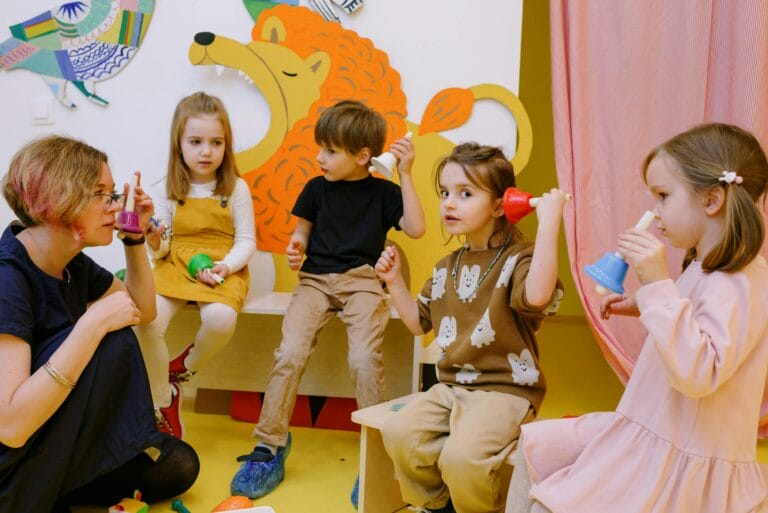Starting preschool is a significant milestone in a child’s life, but it can also be a challenging experience, both for the child and the parents. While some children eagerly embrace this new phase, others struggle with separation anxiety. Separation anxiety occurs when the absence of a parent triggers distress. The good news is that there are effective strategies parents can employ to help their 3- or 4-year-olds manage separation anxiety and make the transition to preschool smoother.
Preparing Your Child for Preschool
Separation anxiety tends to emerge around 8 months old and can persist until age 4 or 5, manifesting as clinginess and distress when a parent is not present. However, even children who were previously comfortable being apart from their parents might develop separation anxiety due to significant life changes, such as starting preschool.
To help alleviate separation anxiety, consider these steps to prepare your child for their first day of preschool:
Familiarize Them with the School: In the weeks leading up to preschool, discuss the daily routine with your child. Describe how they will get to school, what activities they will engage in, and what they might eat. Take them for a visit to the school, if possible, to acquaint them with the environment.
Connect with the Teacher: Reach out to your child’s teacher before the school year starts. Teachers often have valuable insights and advice for managing separation anxiety. They can suggest effective strategies to ease the transition, such as assigning specific tasks and providing rewards for attendance.
Arrange Playdates: If feasible, set up playdates with potential classmates before school begins. Familiar faces can offer comfort in an unfamiliar setting, helping your child feel more at ease.
Introduce Transitional Objects: Choose a small item, such as a stuffed animal or a photo, that your child can take to school as a source of comfort. These “transitional objects” serve as a reminder of your love and can help soothe their anxiety during separation.
Practice Being Apart: Gradually expose your child to short periods of separation. Start with brief intervals while a family member or friend supervises, and gradually extend the time. This practice can build their confidence in managing time without you.
Establish Goodbye Rituals: Create a special routine for saying goodbye at drop-off. This ritual can provide a sense of consistency and comfort, whether it’s a secret handshake, a unique phrase, or a series of quick squeezes.
Managing Preschool Anxiety at Drop-Off Time
Once the preschool journey begins, it’s essential to implement strategies that promote a smoother transition:
Maintain Positivity: Children often pick up on their parents’ emotions. Stay upbeat and optimistic when discussing preschool with your child. Focus on the exciting aspects of their day and emphasize the fun experiences they will have.
Acknowledge Concerns: Validate your child’s feelings of anxiety without downplaying them. Share your own childhood stories of overcoming new experiences to connect with them and show that fears can be conquered.
Follow Goodbye Rituals: When it’s time to say goodbye, use the practiced ritual to bid farewell. Express your love, reassure your child that you’ll return, and then leave promptly. Lingering can increase their distress.
Be Punctual: Always ensure that someone is present for pick-up on time. Tardiness can exacerbate anxiety, making future drop-offs more challenging.
Transitioning to preschool can be a complex process, especially for children prone to separation anxiety. By preparing them in advance, staying positive, and using effective strategies, parents can empower their children to navigate this new phase with confidence and excitement. With time and support, separation anxiety can be successfully managed, allowing both parents and children to embrace the joys of preschool life.







